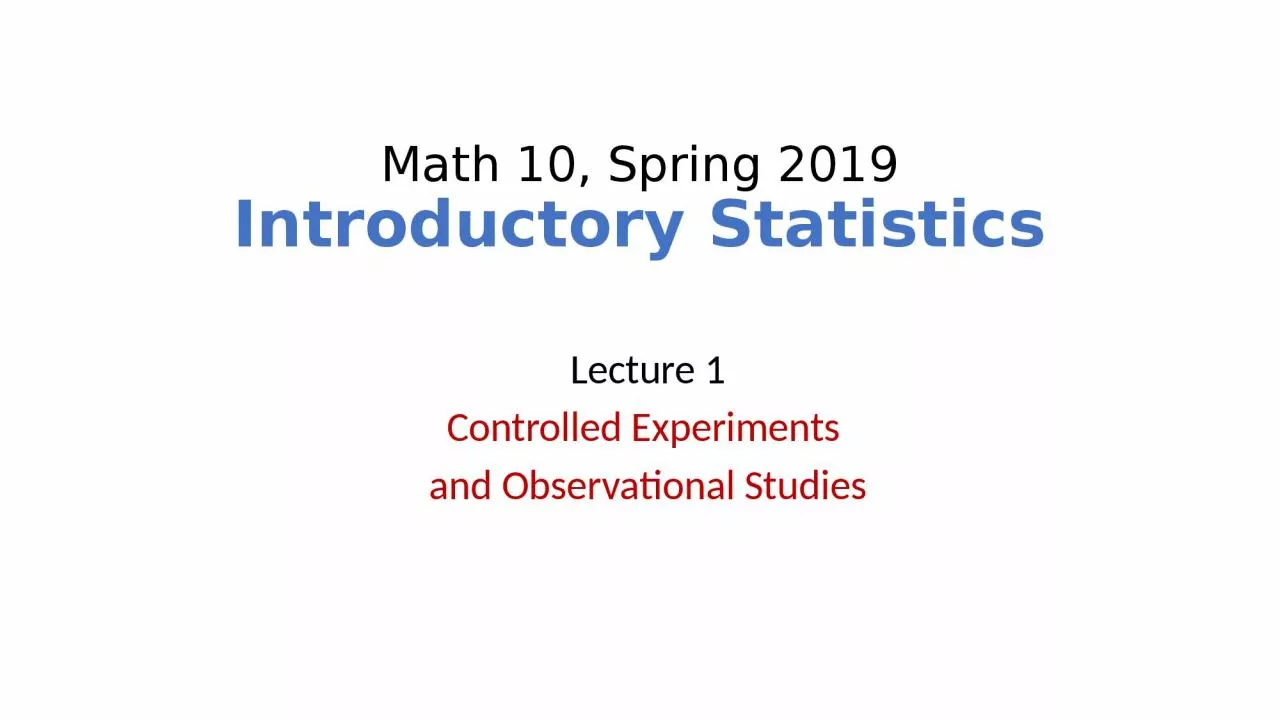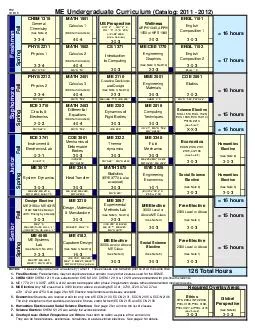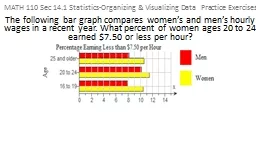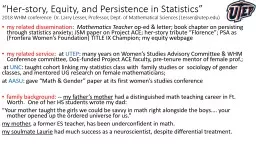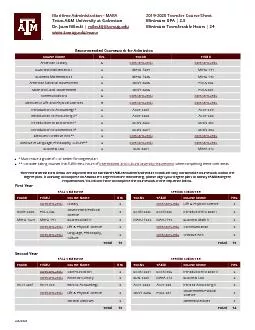PPT-Math 10, Spring 2019 Introductory Statistics
Author : hadley | Published Date : 2022-07-15
Lecture 1 Controlled Experiments and Observational Studies Controlled Experiment In a medical trial compare the response of two groups Treatment group receives
Presentation Embed Code
Download Presentation
Download Presentation The PPT/PDF document "Math 10, Spring 2019 Introductory Statis..." is the property of its rightful owner. Permission is granted to download and print the materials on this website for personal, non-commercial use only, and to display it on your personal computer provided you do not modify the materials and that you retain all copyright notices contained in the materials. By downloading content from our website, you accept the terms of this agreement.
Math 10, Spring 2019 Introductory Statistics: Transcript
Download Rules Of Document
"Math 10, Spring 2019 Introductory Statistics"The content belongs to its owner. You may download and print it for personal use, without modification, and keep all copyright notices. By downloading, you agree to these terms.
Related Documents

